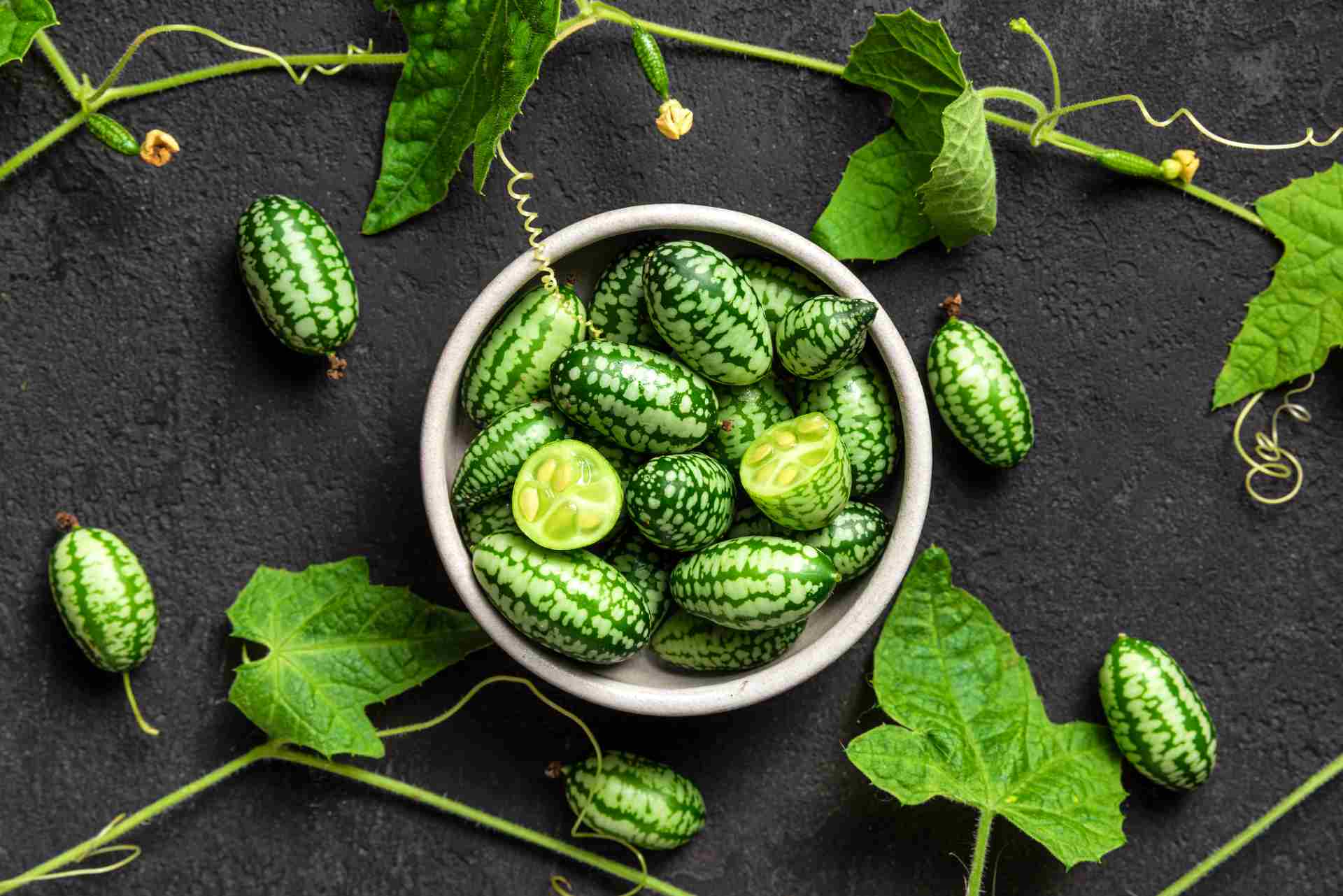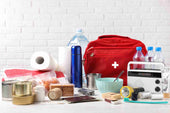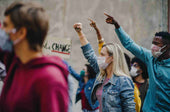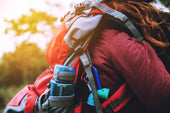Cucamelon is a unique and very interesting fruit. It looks like a miniature watermelon but tastes like a sour cucumber.
Although rare, cucamelons offer great nutritional and health benefits. They are said to be especially good during the summer season.
What are Cucamelons, and how do you grow and eat this rare fruit? This article will explain how to grow cucumbers.
Furthermore, you will learn the different health benefits it brings to a person. Do you enjoy farming? Are you a homesteader? If the answer to both questions is a yes.
Keep reading!
How to Grow a Cucamelon?
If you have been gardening or farming for a long time now, you may have already tried planting various plants. It is always interesting and fun to keep learning something new.
So, if you are ever thinking of a new plant to grow, the Cucamelon might be the answer.
Cucamelons are a unique, rare fruit that is seldom planted. However, they are fairly easy to produce.
Why is it called Cucamelon? The name came from the combination of a cucumber and watermelon. It tastes and belongs somehow to the cucumber family, but its physical features resemble the early planting stage. The size is as small as a human pinky.

The first thing is First Seeds!
The seeds are the only thing that differentiates Cucamelons from the other plants. You can purchase the seeds with other regular fruits at Home Depot or local plant stores. But, with the Cucamelons, the seeds are difficult to find in stores.
You can buy Cucamelon seeds through online stores. Typically, each packet contains about 15 to 30 seeds, which should be enough if you are only trying it for the first time.
The average selling price of Cucamelon seeds is around $1.99 to $2.99 for 30 seeds. However, prices could vary since your best bet for finding this seed is online. Also, depending on the season, the price may change occasionally.
The sites that offer Cucamelon seeds may also come and go. So, have that extra patience to do a simple Google search. It is not impossible to look for Cucamelon seeds when you have the internet.
Cucamelons can grow fast. Upon planting the seeds, you could already crop them out after 80 days. So, it is not a problem even if you plant them in cool climates.
There are variations as to how you could grow your Cucamelons. Cucamelons allow you to have options as to how to plant them. You can choose which one would work best and is convenient for you.
Furthermore, what is great about Cucamelons is that they do not tend to scatter compared to any other vines.
Using a Trellis
A Trellis is a structured construction of light wooden or metal bars. It is mainly used to support climbing plants or vines. In the case of a Cucamelon, you will need a trellis. This is to provide the support the plant needs as it grows.
On the other hand, Cucamelons require only a small amount of space to grow successfully. A container could already be enough, but we want to ensure our first try will succeed, so a trellis would be most recommended.
To start with, you could directly plant the seeds. It is as simple as that! The only thing you need to ensure is the space between seeds. You could plant the side of the seed by side so they can share a trellis.
Ideally, the measurement in between planting seeds should be 6 inches. From there, the plants will grow approximately 3 to 5 feet high.
Therefore, building your trellis must be higher than the Cucamelon's average height. As for building the trellis, you could use bamboo poles.
The Climate Condition and Location
Technically, Cucamelons are perennials like potatoes, tomatoes, and strawberries. According to Wikipedia, a perennial plant lives for more than two years. The term often differentiates a plant from shorter-lived annuals and biennials. However, Cucamelons must be planted in a warm climatic season lasting 65 to 80 days.
Furthermore, the climate conditions should be frost-free, and the soil temperature should be between 75 and 85 degrees Fahrenheit. This is necessary for the Cucamelons to bear fruit successfully.
If you live in a cooler area, it is advisable to plant seeds indoors. Place the seeds in a pot in a warm room, particularly when nighttime temperatures drop below 50 degrees. Cucamelons thrive in full sun and rich, fast-draining soil.
Exposure to direct sunlight for at least six hours a day is required. The sun will ensure that your Cucamelons are healthy and are continuously growing. The more sunlight they get, the better their fruits will become.
The Right Soil and Water
As with most other fruit gardens, Cucamelons require just the same soil. The soil needs effective soil drainage to produce at its maximum capabilities. Cucamelons need the right amount of nutrition from the condition of the soil and the water it gets.
The soil you should use for planting your Cactus should be compost or aged manure. This will provide the Cactus with the nutrition it needs, protect the plants, and keep them productive throughout the season.
Furthermore, you can also use lean or porous soil. Make sure to top the soil with a 2-inch thick layer of compost.
Another helpful trick is to mix in a 6-10-10 analysis fertilizer. This particular fertilizer should be placed on each hole where you place the seeds. This will further the nutrients in your soil, which will then be absorbed by your Cucamelon plant.
How to Correctly Water Your Cucamelons?
Cucamelons need a steady amount of moisture to achieve wonderful results. To moisturize them, add an inch of water every five to seven days, wetting the top 6 to 15 inches of soil.
During the summer season, or when the climate is just simply very hot and dry, increase the inch of water to twice as much.
Conversely, you must carefully monitor your soil if your area is prone to fog or cool weather. The condition of your cucamelons is your main indicator of whether to water them. If the soil dries up about one inch from the top, you can lightly water it.
Other Cucamelons planters use Mulch. Mulch helps regulate moisture loss and prevents it from taking over the plant.
The Helpful Trick in Planting Cucamelons
Fortunately, Cucamelons are incredibly easy to plant. They require less attention and maintenance than other plants. They are not as sensitive to plants as Cucumbers are.
Cucamelons can be directly planted outdoors only if the winter frosts are gone. Moreover, Cucamelons do not require an exact amount of water. There is no special technique for processing everything with Cucamelons. You could ignore them most of the time and wait until they are ready for picking.
Save the seeds when the Cucamelons are still ripe. Ordering the seeds online and waiting for their delivery date can be inconvenient. So, the best way to avoid yourself with all this fuss is to save the seeds.
To do this, pick up a ripe fruit from the ground and set it aside for about 12 to 14 days. After that period, you can slice the fruit open and remove the seeds.
Afterward, submerge the seeds in a jar of water and set them aside for another week. Then, remove the seeds from the jar and allow them to dry on paper towels. Once they are all dry, you can now plant them again.
Some people even store them in paper envelopes and wait for them to grow. Either way, try it out and see what is best for you.
Harvesting Time!
To know if the Cucamelons are ready for harvesting, you must be mindful of their size. The Cucamelons should still be firm and have the size of a grape to know they are ready for harvesting. The size and the firmness of the Cucamelons will indicate that it is time.
Commonly, Cucamelons come in volumes. They tend to produce much fruit and become plentiful. On that note, you need to start with just a few seeds. You need to have an estimate as to how many cucamelons you can get with one seed alone. You would want to avoid ending up with a room full of Cucamelons.
Everything You Need to Know About Cucamelons
Americans need to become more familiar with Cucamelons. This fruit is something you want to experience and know about. It is recognized as the most exciting fruit you could grow.
Cucamelons are also called the 'Mexican Sour Gherkin'. In Spanish, it is most commonly known as "Sandiita" or little watermelon. Cucamelons have other terms to which it is also referred. It all depends on the local dialects of different Native American languages. It mostly boils down to Cucamelons being known as "mouse melon." This is due to its size, which is as tiny as a grape.
Cucamelons are a mixture of Cucumbers and watermelons. Hence, the term Cuca and melon. However, cucamelons are not genetically modified fruits.
Coincidentally, it resembles a tiny watermelon, and its taste is similar to that of a cucumber—only when dipped in lemon or lime juice. Cucamelons are a staple delicacy in Mexican diets.
How Does it Taste Like?

It may be the same as a watermelon because of its appearance. But it does not come close to tasting like a watermelon. Yet, it tastes like a cucumber but only slightly sour, as if dipped in lemon or lime juice.
The Cucumber has a strong, piquant flavor that is surprisingly refreshing. Like the Cucumber, Cucumbers can be pickled. The best way to do this is to add dill and mint. The result is superb.
Cucamelons are ready for consumption right off its vine. What is amazing about cucamelon is that you do not need to peel its skin to eat it. This is opposed to the cucumber, wherein there is a need to get rid of the skin. With Cucamelons, it is the whole opposite thing. You may also add them to a salad.
Whole or sliced cucamelons work well and blend well. Another way to prepare Them is to drizzle them with olive oil and sliced peppers. The final result is a very tasty treat.
Also, a Martini with a Cucamelon can be the perfect drink for a night of pure relaxation. You can substitute a Cucamelon for the olive, which will be as tasty as the olive.
If you get used to the taste of Cucamelons, you will come up with amazing ideas for how to eat or use them. The recipes will flow naturally as soon as you familiarize yourself with their taste.
The health benefits you can get from Cucamelons are as follows:

Regardless of the miniature size of the Cucamelon, it contains a large amount of nutritional value. Cucamelons are rich in vitamins, minerals, antioxidants, and fiber, which highly benefit human health.
Furthermore, Cucamelons are low in calories and are great fruit picks when on a diet. The Cucamelon's richness in nutrients prevents a lot of health problems. This includes lowering the risk of heart disease, stroke, and even cancer. In addition,
Cucamelons also contain anti-aging substances that prevent premature aging. This is due to their ability to rejuvenate bodily tissues, cells, and organs. Cucamelons are also rich in Lycopene, a carotenoid that helps the heart achieve optimum performance.
Moreover, Cucamelon also contains vitamin C and potassium. Thus, combining these three nutrients—carotenoid, vitamin C, and potassium—is immensely beneficial to human health.
It allows the body to fight off heart diseases. Cucamelons have the power to lower bad cholesterol levels.
Most importantly, cucamelons have also been proven good for the eyes and everybody's internal organs.






















































